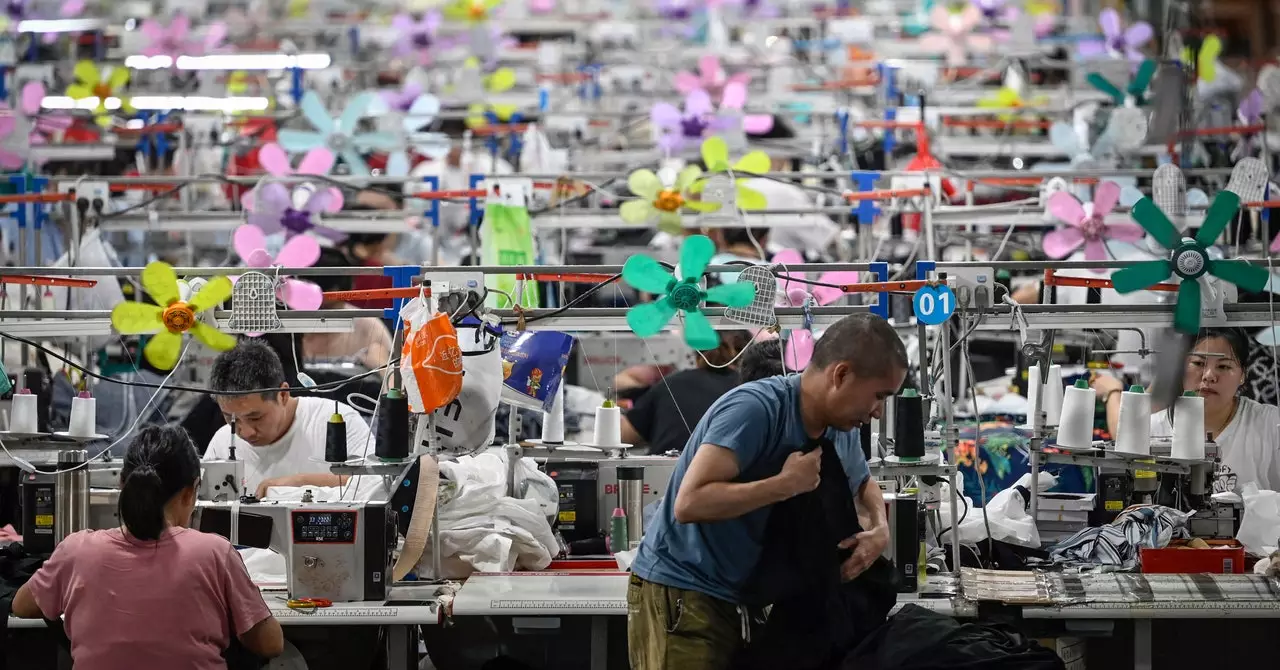The fast-fashion industry, known for its trend-driven products and low prices, has expanded dramatically in recent years. Among the market leaders, Shein has emerged as a prominent player, captivating consumers with its vast array of affordable clothing options. However, the rapid growth comes with its unique set of challenges, particularly related to environmental sustainability and ethical production practices. This article critically examines Shein’s operations, emphasizing the role of artificial intelligence (AI) in driving its success and the subsequent environmental ramifications.
Since its founding in 2008, Shein has transformed the fashion landscape. The company’s business model capitalizes on speed and cost efficiency, allowing it to bring new designs to market in as little as ten days. With reports suggesting a catalog of up to 600,000 items at prices averaging around $10, Shein has gained substantial traction among consumers. Particularly among Gen Z, the brand has become synonymous with fast fashion; research indicates that a staggering 44% of this demographic purchases from Shein monthly. Although the financial success is notable—generating approximately $30 billion in revenue in 2023— the environmental cost of such rapid production raises significant concerns.
The Environmental Cost of Speed
The sheer volume of production linked to Shein’s operational model inevitably leads to significant carbon emissions. The company’s third sustainability report revealed a paradoxical increase in carbon emissions, with a rise to 16.7 million metric tons in 2023. To put that into perspective, this figure surpasses the annual emissions of several coal-powered plants combined. The operational methods designed to meet consumer demands quickly appear both environmentally damaging and inherently unsustainable. Critics argue that the speed of production, exacerbated by the efficiency of machine-learning algorithms, creates a cycle of overproduction and waste.
AI: A Double-Edged Sword?
Shein has embraced artificial intelligence to optimize its processes and enhance its understanding of customer preferences. Utilizing proprietary machine-learning models, the company can swiftly adapt to trends and predict demand, enabling a responsive supply chain. This data-driven approach undeniably contributes to Shein’s success in delivering trendy apparel to consumers at an unprecedented pace. However, the implications of this technological reliance stir ethical debates. While AI enables fast fashion’s thriving business model, it also fosters a culture of hyper-consumption that is detrimental to the environment.
Sage Lenier, executive director of Sustainable and Just Future, encapsulates this issue, stating, “AI enables fast fashion to become the ultra-fast fashion industry, Shein and Temu being the fore-leaders of this. They quite literally could not exist without AI.” This acknowledgment brings forth questions concerning the sustainability of such practices and how industries can pivot to minimize harm while still meeting consumer desires.
Despite pledging to reduce carbon emissions by 25% by 2030 and aiming for net-zero by 2050, many climate advocates remain skeptical of Shein’s commitment to sustainability. Given the overview of Shein’s activities and their ecological footprint, stakeholders including consumers, activists, and even investors are increasingly demanding transparency and accountability. The public’s growing consciousness about sustainability implicates brands like Shein, forcing them to reassess their production practices and truly commit to environmental stewardship—beyond mere lip service.
As the fashion world grapples with the implications of fast fashion, it is imperative for companies like Shein to reassess their operational strategies. The combination of rapid production cycles and the deployment of AI has painted a portrait of success driven by ecological peril. Embracing sustainable practices is not merely a corporate responsibility but also a necessity for ensuring a livable planet for future generations. In the competitive landscape of modern fashion, the challenge will be finding a balance between profitability and sustainability. The onus now lies on Shein and its counterparts to redefine fast fashion to prioritize planet over profit.

